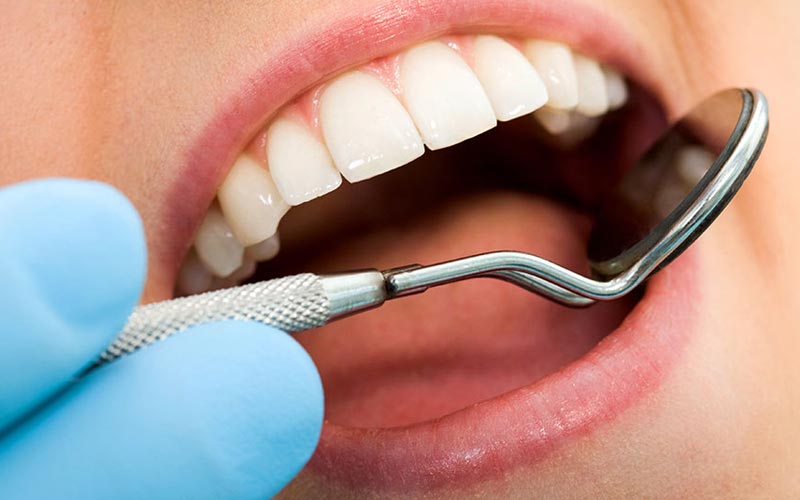
Filling You in About Fillings
When your dentist tells you that you need a filling, you may begin to feel a little nervous, on edge, or maybe even scared. Misinformation and fear of the dentist can create panic in your mind unnecessarily. However, the truth is, fillings are a minimally-invasive dental procedure that can be started and finished before you know it. Below, you can find all the information you need to know about getting a filling to put your mind at ease.
Why do I Need a Filling?
When your tooth or teeth are decayed, or you have a cavity, your dentist may recommend a filling as a way in which to restore your tooth to how it once was. The filling can be the same shape as your tooth was but is replacing the decayed portion of the tooth.
However, some people get fillings for other reasons as well. If you have cracked or broken teeth, you grind your teeth, you bite your nails or even use your teeth to open bottles, you may find they are damaged and are in need of composite fillings to restore them to their former health.
What is Involved in the Filling Process?
When your dentist discovers a decaying tooth or cavity, the first thing they will need to do is remove that decay. To do so, they will inject anesthetic into the gum region around the tooth so that you won’t feel any pain or discomfort. Once the anesthetic kicks in, they then clean the tooth, removing all the decay and bacteria. The tooth is now clean and ready for a filling.
What is Put in My Teeth?
Often, the material used in the fillings can vary depending on the size of the hole, the dentist, and what your dentist believes is the best solution. Composite resin filling, which is tooth-colored, tends to be the more preferred option in recent years. However, silver amalgam which contains tin, zinc, mercury, copper, and silver, as well as gold and porcelain fillings are all still in use today.
How Long Do Fillings Last?
Most fillings will last between five and 10 years before you need to replace them. However, some can last up to 15 years with proper care and robust materials.
Will it Hurt?
Because a dentist will use an anesthetic to numb the area, you won’t feel a thing. After the procedure, your teeth may feel sensitive for 48 hours, but you will not feel pain or discomfort after three days.
A filling is a straightforward dental procedure that every dentist knows how to carry out effectively. If you have any questions or concerns about the treatment, contact your dentist who will be able to alleviate any of your worries.
